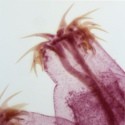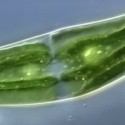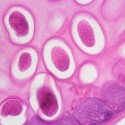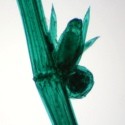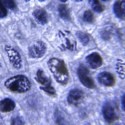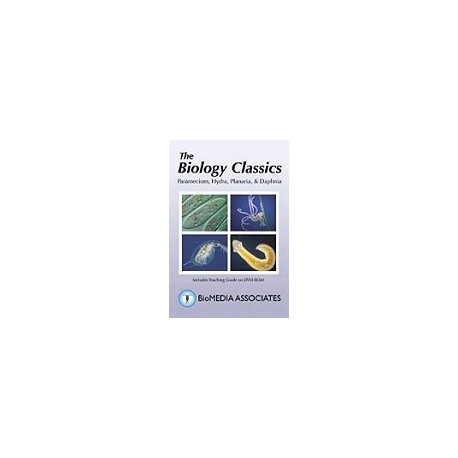No products
Prices are tax excluded
Paramecium, Hydra, Planaria, and Daphnia DVD
BM-41DH
New product
This program introduces students to four organisms we call the Biology Classics, Paramecium, Hydra Planaria & Daphnia. Studying these “classics” broadens our concept of what it means to be alive.
Back-order allowed - 10 to 18 days
By buying this product you can collect up to 18 loyalty points. Your cart will total 18 points that can be converted into a voucher of $2.70.
Volume discounts
| Quantity | Discount | You Save |
|---|---|---|
| 2 | 3% | Up to $10.88 |
| 3 | 5% | Up to $27.19 |
31 minutes
The classics acquaint students with four organisms often studied in biology. This program introduces students to four organisms we call the Biology Classics, which are featured in most biology textbooks. Studying these “classics” broadens our concept of what it means to be alive. Structure, behavior, feeding, reproduction, and ecology are observed in each organism, allowing students to compare them. Detailed study guides that can be printed for student use are provided. (2006).
Paramecium
Observations show how Paramecium moves, feeds, digests, assimilates nutrients, achieves water balance, deploys defensive weapons, reproduces, and engages in the sexual exchange of genetic material. The narrated observations utilize state-of-the-art microscopy-techniques to present a compelling new picture of Paramecium’s life.
Hydra
Observations of Hydra show feeding behavior, detailed microscopy of stinging cells used in capturing prey, two digestive processes (cellular and extracellular), locomotion, reproduction by budding, development sex organs, and symbiotic guests, both external and internal.
Planaria
The cross-eyed flatworm, Planaria, is both scavenger and predator depending upon opportunity. Observations show food-seeking behavior, the flatworm’s feeding method, locomotion (produced by a carpet of cilia), internal anatomy, and reproduction through the remarkable process of regeneration.
Daphnia
Daphnia is a classic study in arthropod behavior and anatomy. In living subjects we examine: eye, brain, jaws, intestine, swimming legs with gills, its beating heart, and two kinds of eggs: those that hatch directly into female daphnia, and resistant eggs that carry the species through periods of freezing and drying.


